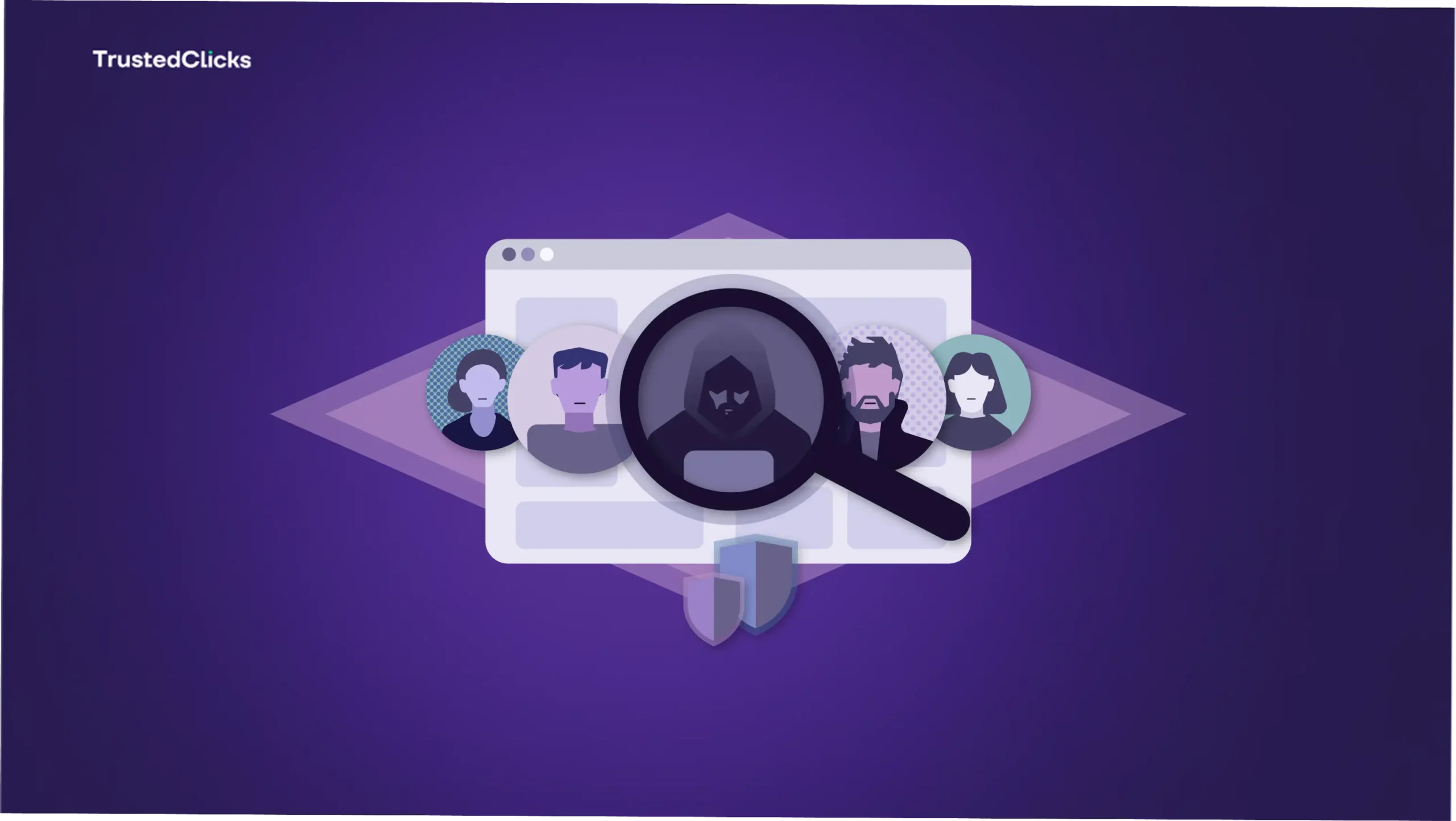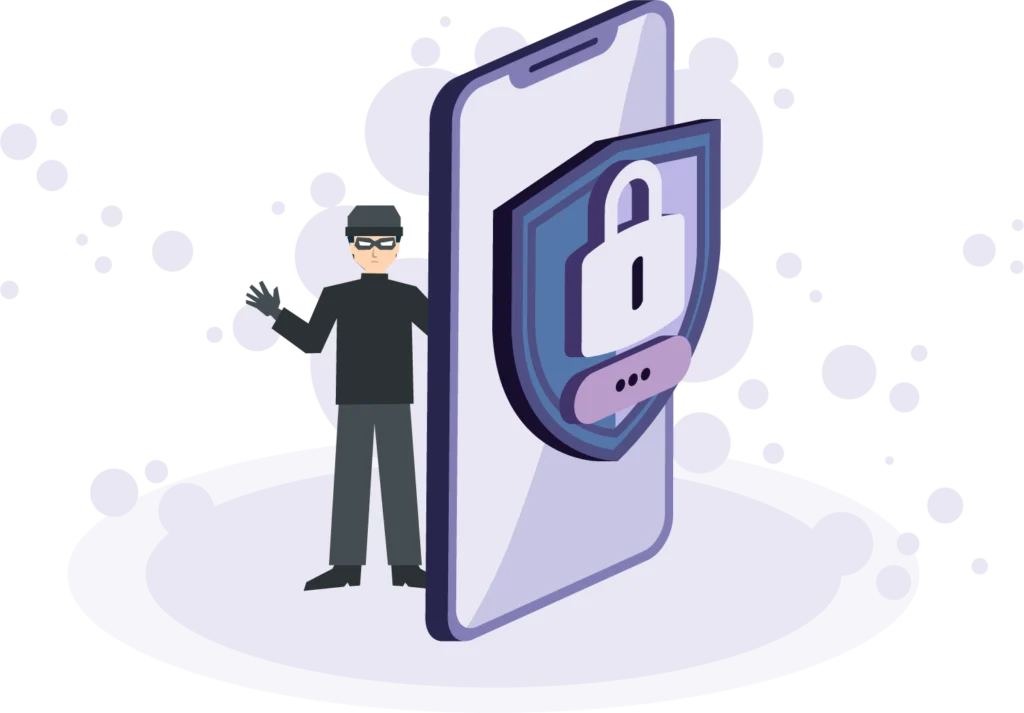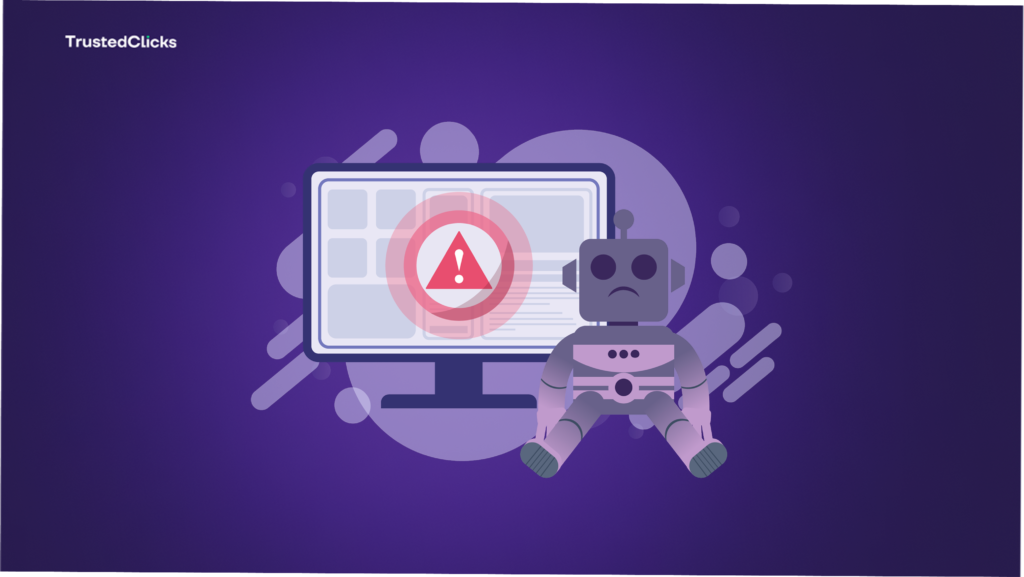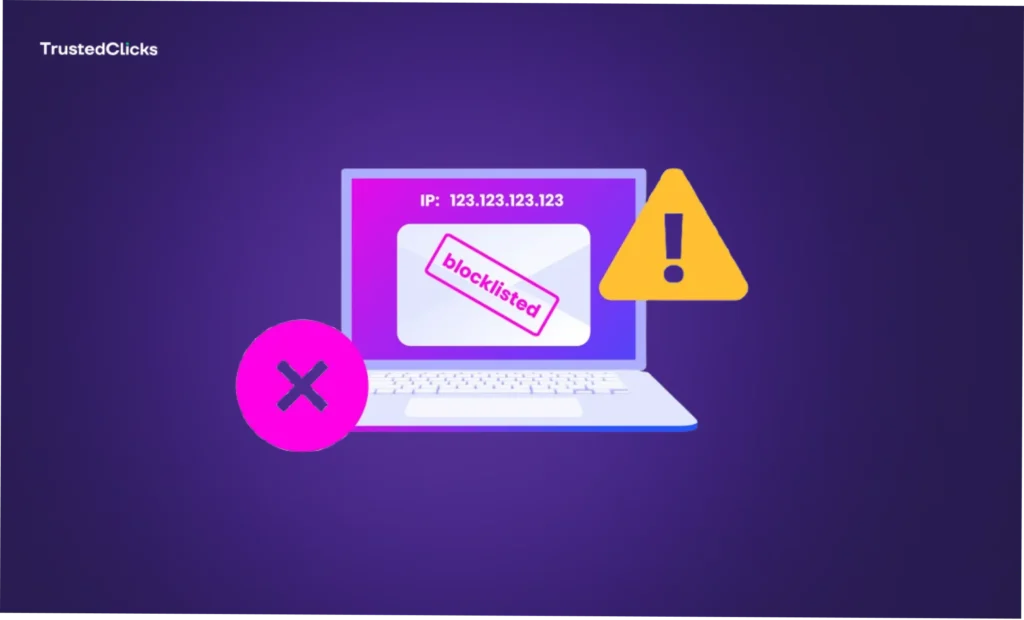- Website security, Affiliate marketing
Fraud Detection: The Art of Catching Crooks in a Digital World


The Evolution of Fraud: From Pickpockets to Pixels
To understand fraud detection, we first need to grasp the nature of fraud itself. Historically, fraud was a hands-on affair—think con artists swindling unsuspecting victims with forged documents or sleight-of-hand tricks. Fast forward to the 21st century, and the game has changed entirely. The internet has democratized fraud, making it easier, faster, and more scalable than ever before.

Consider the numbers: according to a 2023 report by the Association of Certified Fraud Examiners (ACFE), global fraud losses exceeded $5 trillion annually. In the U.S. alone, the Federal Trade Commission (FTC) reported over 2.8 million fraud cases in 2022, with losses topping $8.8 billion. The rise of cryptocurrencies, online marketplaces, and remote work has only amplified the problem, giving fraudsters new tools and vulnerabilities to exploit.
The modern fraudster isn’t just a lone wolf with a fake mustache anymore. Today’s crooks operate in sophisticated networks, leveraging bots, stolen data, and social engineering to target victims en masse. Take phishing, for example—a fraudulent email masquerading as a legitimate request can trick users into handing over sensitive information in seconds. Or consider synthetic identity fraud, where criminals stitch together real and fake data to create entirely new personas, opening credit lines and vanishing before anyone notices.
This evolution has made fraud detection more critical—and more challenging—than ever. Traditional methods like manual audits or rule-based systems simply can’t keep up with the volume and complexity of digital fraud. That’s where technology steps in, turning the tables on the criminals with a mix of innovation and ingenuity.
The Science Behind Fraud Detection
At its core, fraud detection is about spotting anomalies—those tiny red flags that signal something isn’t quite right. But in a world where billions of transactions happen daily, how do you separate the signal from the noise? The answer lies in a powerful trio: data, algorithms, and human intuition.
1. Big Data: The Foundation of Fraud Detection
Every click, swipe, and login leaves a digital footprint. For businesses, this avalanche of data is both a challenge and an opportunity. Fraud detection systems collect and analyze vast datasets—transaction histories, IP addresses, device fingerprints, and more—to build a picture of normal behavior. When something deviates from that baseline, it’s flagged for closer inspection.
For instance, imagine you’re shopping online from New York. Suddenly, your credit card is used to buy a luxury watch in Singapore just 10 minutes later. A good fraud detection system would spot the geographical impossibility and freeze the transaction before the crook gets away.
2. Machine Learning: The Brain of the Operation
If data is the foundation, machine learning (ML) is the brain that makes fraud detection smart. Unlike static rules (e.g., “flag any purchase over $1,000”), ML algorithms learn and adapt over time. They analyze patterns, refine their understanding of what’s “normal,” and get better at spotting fraud with every transaction.
Supervised learning models, trained on historical fraud data, can predict whether a transaction is legitimate or suspicious. Unsupervised learning, meanwhile, excels at catching new types of fraud by identifying outliers without needing pre-labeled examples. Together, they form a dynamic defense that evolves alongside the criminals.
Take the example of account takeover fraud, where a hacker uses stolen credentials to access a victim’s account. Machine learning can detect subtle clues—like a login from an unfamiliar device or a sudden spike in activity—and trigger multi-factor authentication to stop the intruder in their tracks.
3. Behavioral Analytics: Reading the Fraudster’s Mind
Fraudsters may be clever, but they’re still human (or human-programmed bots). Behavioral analytics adds a psychological layer to fraud detection by studying how users interact with systems. Are they typing hesitantly, as if copying a stolen password? Are they navigating a website in an unusual way? These micro-behaviors can reveal intent.
For example, a legitimate user might log into their bank account, check their balance, and log out. A fraudster, however, might immediately transfer funds to an offshore account. By modeling these differences, fraud detection systems can catch crooks before they strike.
The Tools of the Trade: How Fraud Detection Works in Practice
So, how does all this come together in the real world? Let’s break down the key components of a modern fraud detection system.
Real-Time Monitoring
Speed is everything in fraud detection. Real-time monitoring systems analyze transactions as they happen, using predefined rules and ML models to assign risk scores. A low score might let a purchase go through seamlessly, while a high score could trigger a hold, a text alert, or a customer service call.Device Fingerprinting
Every device—your phone, laptop, or tablet—has a unique signature based on its hardware, software, and settings. Fraud detection tools use this “fingerprint” to verify identity. If a known device suddenly changes its profile or a new one pops up in a suspicious context, it’s a red flag.
Network Analysis
Fraudsters rarely work alone. Network analysis maps connections between accounts, devices, and transactions to uncover hidden patterns. For example, if multiple accounts are linked to the same IP address and exhibit similar behavior, it might indicate a fraud ring.
Biometrics
From facial recognition to voice authentication, biometrics add an extra layer of security. Fraud detection systems can use these to verify a user’s identity, making it harder for imposters to slip through.
Collaboration and Data Sharing
No single company can fight fraud alone. Industry consortiums and shared databases—like those tracking known fraudsters’ email addresses or compromised credit cards—help businesses stay one step ahead.
The Human Element: Why Technology Isn’t Enough
For all its sophistication, fraud detection isn’t purely a tech problem—it’s a human one too. Fraudsters prey on emotions like fear, greed, or trust, exploiting vulnerabilities that algorithms can’t always catch. That’s why education and awareness remain vital.
Consider the “grandparent scam,” where a fraudster calls an elderly person pretending to be a grandchild in distress, begging for money. No amount of machine learning can stop a victim from wiring cash if they don’t recognize the ruse. Similarly, phishing emails often succeed because busy employees click without thinking.
This is where the art of fraud detection meets human intuition. Analysts and investigators play a crucial role, stepping in when systems flag something unusual. They piece together clues, interview victims, and sometimes even go undercover to dismantle fraud networks. It’s a reminder that while technology is powerful, the human touch can make or break a case.
IP Fraud Detection
A key weapon in the fraud detection arsenal is IP analysis, which scrutinizes the internet protocol (IP) addresses tied to user activity. Fraudsters often use tactics like VPNs, proxy servers, or the dark web to mask their true locations, but IP fraud detection can unmask these tricks. By cross-referencing IP data with geolocation, transaction history, and known blacklists, systems can spot suspicious patterns—like a single IP address linked to multiple unrelated accounts or a sudden shift from a residential IP to one tied to a high-risk region. For example, if someone logs into an account from Texas, then minutes later attempts a purchase from Russia, IP fraud detection flags it instantly, thwarting the scam before it’s complete.
What Lies Ahead?
As fraudsters get smarter, so must the tools we use to stop them. The future of fraud detection is brimming with possibilities, driven by emerging technologies and bold ideas.
Artificial Intelligence and Deep Learning
AI is already a game-changer, but deep learning—a subset of ML inspired by the human brain—takes it further. These systems can analyze unstructured data (like images or audio) to detect fraud in new ways. Imagine a deep learning model spotting a fake ID by analyzing pixel-level inconsistencies or catching a voice impersonator by studying speech patterns.
Blockchain and Decentralized Identity
Blockchain technology, known for powering cryptocurrencies, could revolutionize fraud detection by creating tamper-proof records of identity and transactions. Decentralized identity systems, where users control their own data, might reduce the risk of mass breaches—a common entry point for fraudsters.
Quantum Computing
Still in its infancy, quantum computing promises to crunch data at unprecedented speeds. For fraud detection, this could mean real-time analysis of entire datasets, catching anomalies that today’s systems might miss.
Ethical AI and Privacy
As fraud detection grows more powerful, so do concerns about privacy and bias. Future systems will need to balance security with ethics, ensuring they don’t unfairly target innocent users or overstep boundaries.
Final Words
Fraud detection is an art form—a delicate dance between innovation and adaptability, technology and human insight. In a digital world where crooks reinvent themselves daily, the fight against fraud is never truly won. But with every advance in detection, we get closer to a safer, more secure future.
For businesses, investing in fraud detection isn’t just about protecting profits—it’s about earning trust. For individuals, staying vigilant and informed is the best defense. And for the fraudsters? Well, they’d better watch their backs, because the net is tightening, one algorithm at a time.
So, the next time you swipe your card or click “buy now,” take a moment to appreciate the invisible army of data scientists, analysts, and machines working tirelessly to keep the crooks at bay. The art of fraud detection may be complex, but its mission is simple: to outsmart the bad guys and keep our digital world spinning smoothly.
What do you think—how can we stay ahead in this endless chase? Let me know in the comments!
Table of Contents
Join our community!
Subscribe to our newsletter for the latest updates, exclusive content, and more. Don’t miss out—sign up today!
Recent Posts

Malicious IPs on the Loose: How to Spot and Stop Them in Their Tracks
- 8 mins read

Navigating the Bot Traffic Maze: What’s Real and What’s Not
- 8 mins read

Best Practices for Detecting and Mitigating Malicious IP Attacks
- 6 mins read



